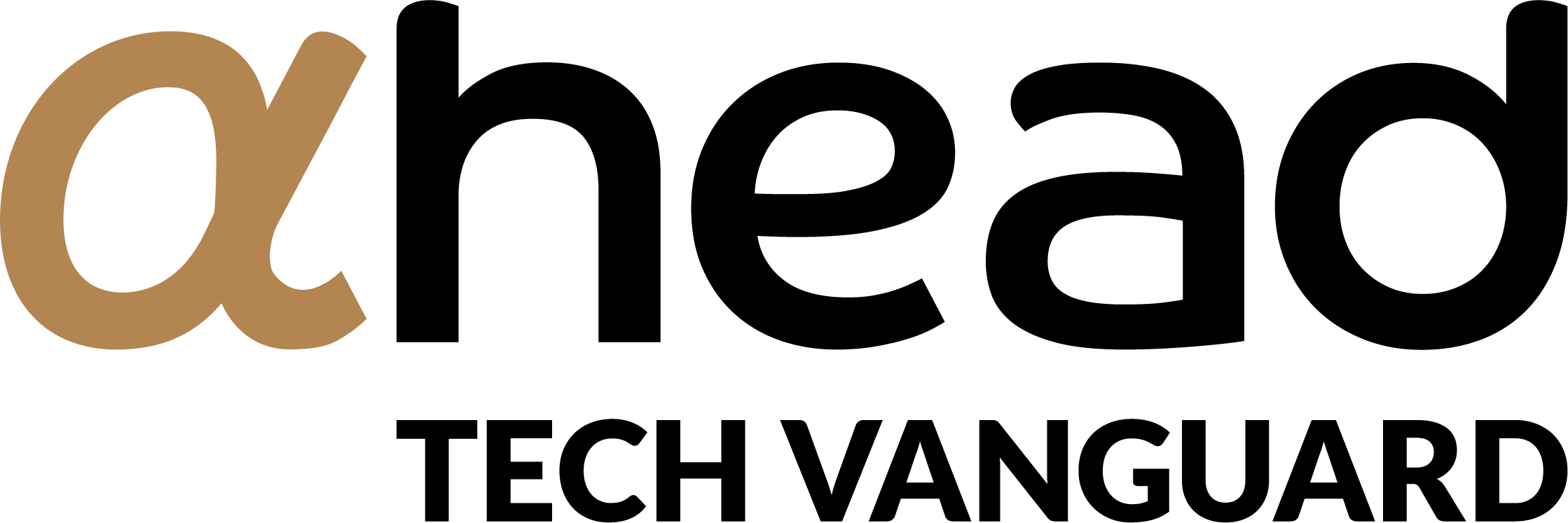PREV
MACHINE LEARNING
NEXT
aHead Research designs and implements algorithms for supervised and unsupervised machine learning to extract strategic business information from the data
Machine Learning for aHead Research
The Machine Learning Scientists of aHead Research are experts in the mathematical and statistical bases of the Machine Learning algorithms and models: thanks to such background, they can not only use them comfortable, but also suggest the most efficient and effective model to solve a given problem. In fact, it is not always the case that the most complex and advanced computational model yields the best results. The most advanced application areas are Natural Language and Image Recognition and Processing, and the analysis and prediction of time series, very often employed to support both strategic decisions – i.e., predicting the behavior of the customer base in order to strategize pricing and productive mix – and operations – for example, anomalies and faults detection based on images of a give product ot process.

The benefits deriving from a clear machine-learning strategy
aHead Research supports partners and clients in building a clear strategy for the implementation of advanced models such as those of machine learning. Such strategy may provide the possibility of creating a data platform, organizing of machine-learning services based on available data, measuring of external data that could affect the business and, ultimately, designing a measuring clear KPIs for the evaluation of the benefit that could be brought to the business. For instance, the creation of a unified platform across the business line may lead to enormous benefits from using data from several sources and extracting sophisticated information but may be a costly investment. The evaluation of available, necessary data, of the benefits that can be gained and consequently, the priopritization of interventions are fundamental requirements for the transformation of a business from experience-based to data-based.

The benefits deriving from a clear machine-learning strategy
aHead Research supports partners and clients in building a clear strategy for the implementation of advanced models such as those of machine learning. Such strategy may provide the possibility of creating a data platform, organizing of machine-learning services based on available data, measuring of external data that could affect the business and, ultimately, designing a measuring clear KPIs for the evaluation of the benefit that could be brought to the business. For instance, the creation of a unified platform across the business line may lead to enormous benefits from using data from several sources and extracting sophisticated information but may be a costly investment. The evaluation of available, necessary data, of the benefits that can be gained and consequently, the priopritization of interventions are fundamental requirements for the transformation of a business from experience-based to data-based.
The importance of data
It is not possible to create a machine-learning algorithm without high-quality data. That is the philosophy of data scientists and machine-learning engineers in aHead Research. Quality and quantity of data must not exclude each other, as complex model both need a high quantity, but also a high quality of the data on which to carry out the training. It is not advisable to employ models with millions of parameters if the data does not support the intensity and size of the model. If there is no correlation between input and output data, employing Deep Learning models will certainly not yield a solution to the problem. For such reasons, aHead Research also helps identifying the necessary data compared to the data available and, where possible, finding more data – even outside of the analyzed business – that could be integrated to it.

The importance of data
It is not possible to create a machine-learning algorithm without high-quality data. That is the philosophy of data scientists and machine-learning engineers in aHead Research. Quality and quantity of data must not exclude each other, as complex model both need a high quantity, but also a high quality of the data on which to carry out the training. It is not advisable to employ models with millions of parameters if the data does not support the intensity and size of the model. If there is no correlation between input and output data, employing Deep Learning models will certainly not yield a solution to the problem. For such reasons, aHead Research also helps identifying the necessary data compared to the data available and, where possible, finding more data – even outside of the analyzed business – that could be integrated to it.


The main supervised models
A supervised model needs “labels”, that is, a data set in which for every input – for instance, a series of measurement related to a specific time frame – there is output available – i.e., the presence of anomalies and faults. That is how a model can be “trained” on the existing dataset in order to infer a relationship between input and output in the future – identifying the presence of anomalies based on never-seen-before measurements. Among the supervised model, a distinction between two macro-categories can be made: regression and classification, where the sought output is either a number – as in the level of demand for a certain product – or categorical – the presence of anomaly or the belonging class – respectively.
The aHead Research specialists know all of the main supervised learning algorithms, such as:
-Deep Neural Networks (aka Deep Learning) and its variations: Convolutional Neural Networks for image elaboration, Recurrent Neural Networks/LSTM for the analysis and prediction of time series, Transformers for Natural Language Processing, and so forth.
-Support Vector Machines, aka Kernel-based methods.
-Reinforced Learning, which is either considered part of Deep Learning or classified as an unsupervised method.

The main supervised models
A supervised model needs “labels”, that is, a data set in which for every input – for instance, a series of measurement related to a specific time frame – there is output available – i.e., the presence of anomalies and faults. That is how a model can be “trained” on the existing dataset in order to infer a relationship between input and output in the future – identifying the presence of anomalies based on never-seen-before measurements. Among the supervised model, a distinction between two macro-categories can be made: regression and classification, where the sought output is either a number – as in the level of demand for a certain product – or categorical – the presence of anomaly or the belonging class – respectively.
The aHead Research specialists know all of the main supervised learning algorithms, such as:
-Deep Neural Networks (aka Deep Learning) and its variations: Convolutional Neural Networks for image elaboration, Recurrent Neural Networks/LSTM for the analysis and prediction of time series, Transformers for Natural Language Processing, and so forth.
-Support Vector Machines, aka Kernel-based methods.
-Reinforced Learning, which is either considered part of Deep Learning or classified as an unsupervised method.
Main unsupervised and semi-supervised methods
An unsupervised or semi-supervised method does not have, of partially has, labels. Therefore, the task it is called to perform is sensibly more complex compared to a supervised model, as it cannot be trained on past data with clear connection between input and output. Belonging to such class are clustering algorithms, often used to determine clusters of homogenous data especially in targeted advertising, as they allow to identify clusters of clients based on specifically measured variables, rather than standard ones. Another application area is the outlier/anomaly detection, where the unsupervised algorithm is required to find significant alterations between past and present behaviour of a series of measurement, for example in the case of changes in customer’s opinion and in the average or in the trend of demand for a certain product. Among the most frequently used techniques we have the K-Means, the most-used, distance-based clustering algorithm, and the SOM of Self Organizing Maps, the best known among the density-based algorithms, which are based on the evaluation of the density of data in certain regions of the space identified by variables.

Main unsupervised and semi-supervised methods
An unsupervised or semi-supervised method does not have, of partially has, labels. Therefore, the task it is called to perform is sensibly more complex compared to a supervised model, as it cannot be trained on past data with clear connection between input and output. Belonging to such class are clustering algorithms, often used to determine clusters of homogenous data especially in targeted advertising, as they allow to identify clusters of clients based on specifically measured variables, rather than standard ones. Another application area is the outlier/anomaly detection, where the unsupervised algorithm is required to find significant alterations between past and present behaviour of a series of measurement, for example in the case of changes in customer’s opinion and in the average or in the trend of demand for a certain product. Among the most frequently used techniques we have the K-Means, the most-used, distance-based clustering algorithm, and the SOM of Self Organizing Maps, the best known among the density-based algorithms, which are based on the evaluation of the density of data in certain regions of the space identified by variables.

